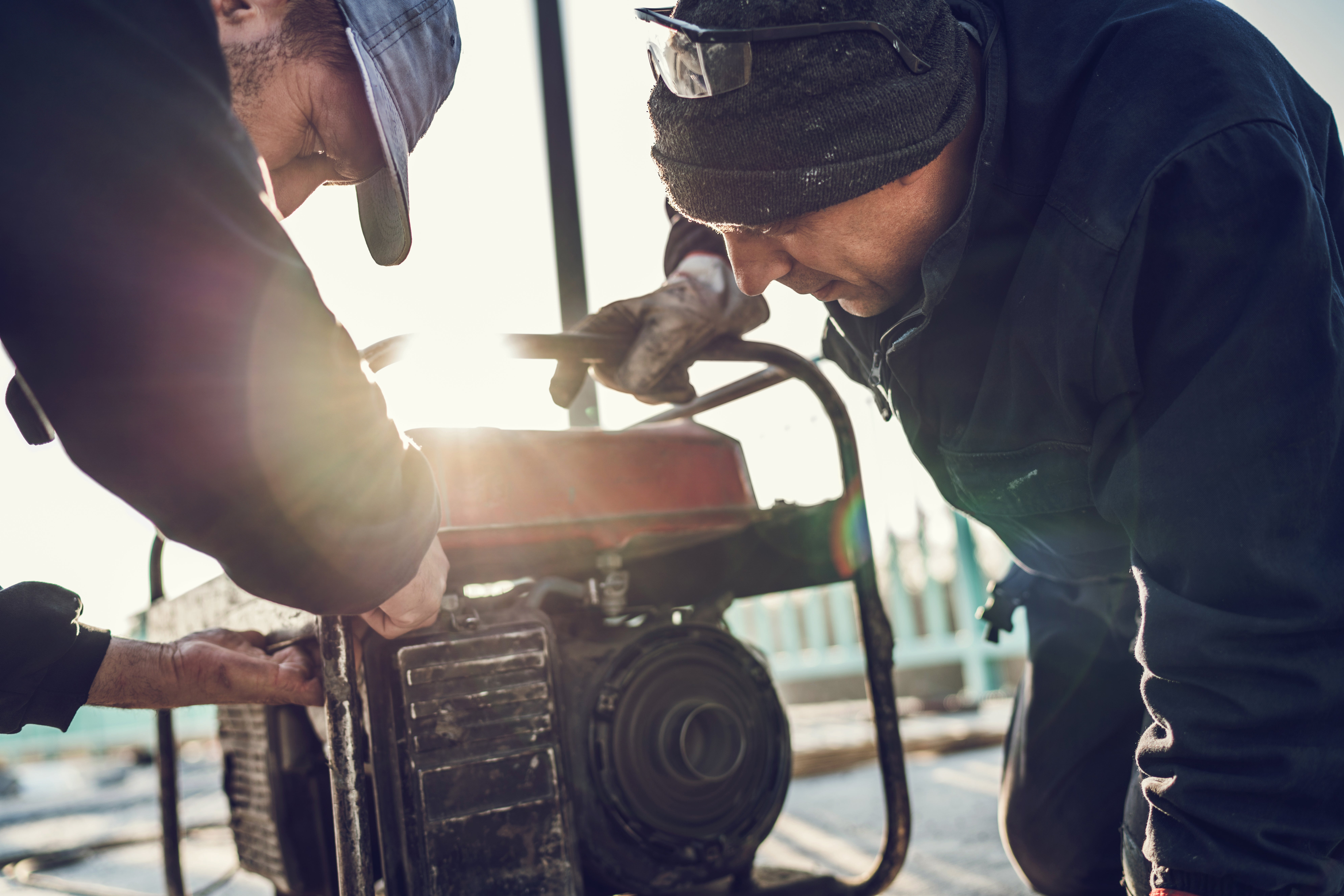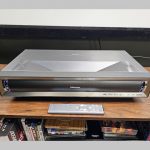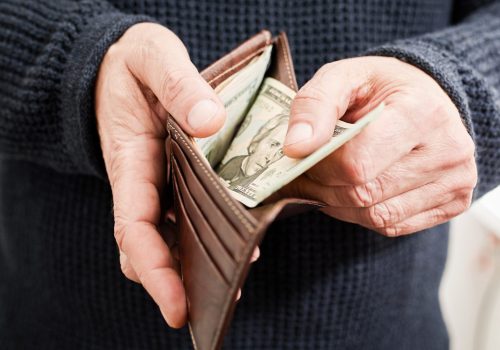
As the seasons shift from summer to fall, you should prepare for cold weather emergencies. Winter storms bring strong winds, snow, freezing rain, and the occasional power outage.
Keep reading to learn how to build an emergency winter power outage survival kit and prepare for the worst kind of winter weather.
Emergency Winter Power Outage Kit
Your first step to prepare for winter power outages is to make a comprehensive emergency kit. This kit contains essential items that can keep you safe, nourished, and even entertained without power. Here’s a list of must-have items:
Food/water for each household member for 3-5 days
Solar, car, or hand-crank cell phone charger
Battery-operated radio
Flashlights with extra batteries
Multi-tool, to open canned food and make quick repairs
Blankets and warm clothes
Carbon monoxide detector(s)
Unexpired fire extinguisher
Prescription and OTC meds
Personal hygiene products
Games and books
Steps To Take To Protect Your Home
Once you’ve got your kit together, follow these steps to protect yourself, your family, and your property through a winter storm.
1. Know Your Home
Before all else, know how your home works inside and out. You can neutralize most emergencies with a little quick action.
Familiarize yourself with each of these things, document the information, and share it with family members so everyone’s on the same page.
- Where your emergency generator is and how it works
- How to shut off water and gas valves to prevent burst pipes
- Which circuit breakers correspond to which rooms and appliances
- How to manually operate electric garage doors and override electronic locks
2. Make a Family Communication Plan
Your family may not be together when the power goes out, so you should know how to contact each other and reunite in an emergency. Your communication plan should also include what to do in different emergency scenarios should you be separated.

3. Tell Your Power Company About Medical Needs
If you use healthcare equipment that requires electricity, such as an oxygen generator, CPAP machine, or dialysis machine, notify your power company in advance of the season. Utilities commonly note medical needs in their records and can prioritize restoring power to these homes.
It’s still wise to organize alternative arrangements for emergency healthcare during extended power outages. You should also keep at least three days of necessary medications on hand in case you can’t leave the house.
4. Check Your Carbon Monoxide Detectors
During power outages, the chance of carbon monoxide poisoning goes up. In fact, a study conducted at Hartford Hospital shows that most carbon monoxide exposures occur during the first day after a snowstorm and the second and third days after a power outage.
Install carbon monoxide alarms near all sleeping areas. If you have bedrooms on multiple floors, you’ll need one for each floor. Test them regularly, and replace the batteries if the alarm doesn’t sound.
Today’s Homeowner Tips
Carbon monoxide buildup often stems from alternate power sources like charcoal grills, camping stoves, and generators. For your safety, never use these appliances indoors.
5. Stay Well Fed
Don’t leave your grocery shopping for the day of the storm. Stock up on a decent supply of nonperishable foods and snacks, and have a gallon of water per family member on hand for each day of the outage. Three to five days is a safe number to plan for if you live in a city. If you’re in a rural area, it may be better to have one week or more worth of supply.
A strong food supply is no use if you don’t store it properly. Don’t open your refrigerator or freezer any more than necessary during the power outage. Unopened fridges can keep food cold for four hours, and unopened freezers can keep food frozen up to 24 hours. You can supplement by putting frozen water bottles throughout your fridge and freezer. If refrigerated food becomes warmer than 41°F, throw it away.
6. Stay Connected
We’re in the age of cell phones, and while some may scoff at these little devices, they can be immensely helpful in a power outage. Everyone in your family should have a fully charged device in an emergency, but make it clear they are for communication only. Turn your phone off to preserve battery when you’re not on a call, and have a solar power bank or hand-crank charger on hand just in case.
If you use a landline, have at least one corded phone. Cordless phones may not work during a power outage and will eventually run out of battery.
It’s also a good idea to have a battery-operated, solar, or hand-crank radio to stay updated on weather news. Test your radio at least once per year and when you know of an impending storm.
Finally, keep your car’s gas tank at least half full just in case you need to make a quick escape.
7. Stay Lit
Place flashlights in multiple accessible locations throughout your home. You should also keep a fresh supply of batteries on hand in case the outage lasts longer than expected.
It’s best not to use candles for light during a power outage, as they can be a fire hazard.
8. Stay Warm
It’s a good idea to pack extra blankets, sleeping bags, and sweaters nearby to bundle up in the outage. However, you shouldn’t have to rely only on them.
Fireplaces, kerosene space heaters, and wood-burning stoves are good alternative heat sources in a power outage. Make sure whatever you use is clean and operational—test your heater before storms, and if your home has a chimney, have it cleaned and inspected every year. If you plan to use a wood-burning stove or fireplace, store dry wood during the winter months, and keep it off the ground so critters can’t get to it.

Today’s Homeowner Tips
Prevent fires by keeping all heat sources at least three feet away from drapes and furniture. Have an unexpired fire extinguisher on hand and teach everyone in your household how to use it.
If your budget allows, buy a portable generator and test it once per month. You should have enough fuel stored to run it for a week.
Installing storm windows and updating your weatherstripping can give your home an extra insulation boost. You can also use weatherproof tarps to cover drafty windows.
9. Stay Entertained
Power outages can lead to boredom, especially for younger family members. Keep everyone’s spirits up by including some books, magazines, games, and a deck of cards in your emergency kit. Don’t use cell phones for entertainment, as this will suck up valuable battery life.
10. Stay Indoors
Once a storm hits and power goes out, stay indoors and bring your pets inside. Unplug any sensitive electronics like computers and printers, especially if they aren’t connected to a surge protector. When the power comes back on, there may be spikes that could damage your devices.
Finally, be a good neighbor. Check on your relatives, friends, and neighbors, especially if they’re elderly, disabled, or live alone.






Leave a Reply